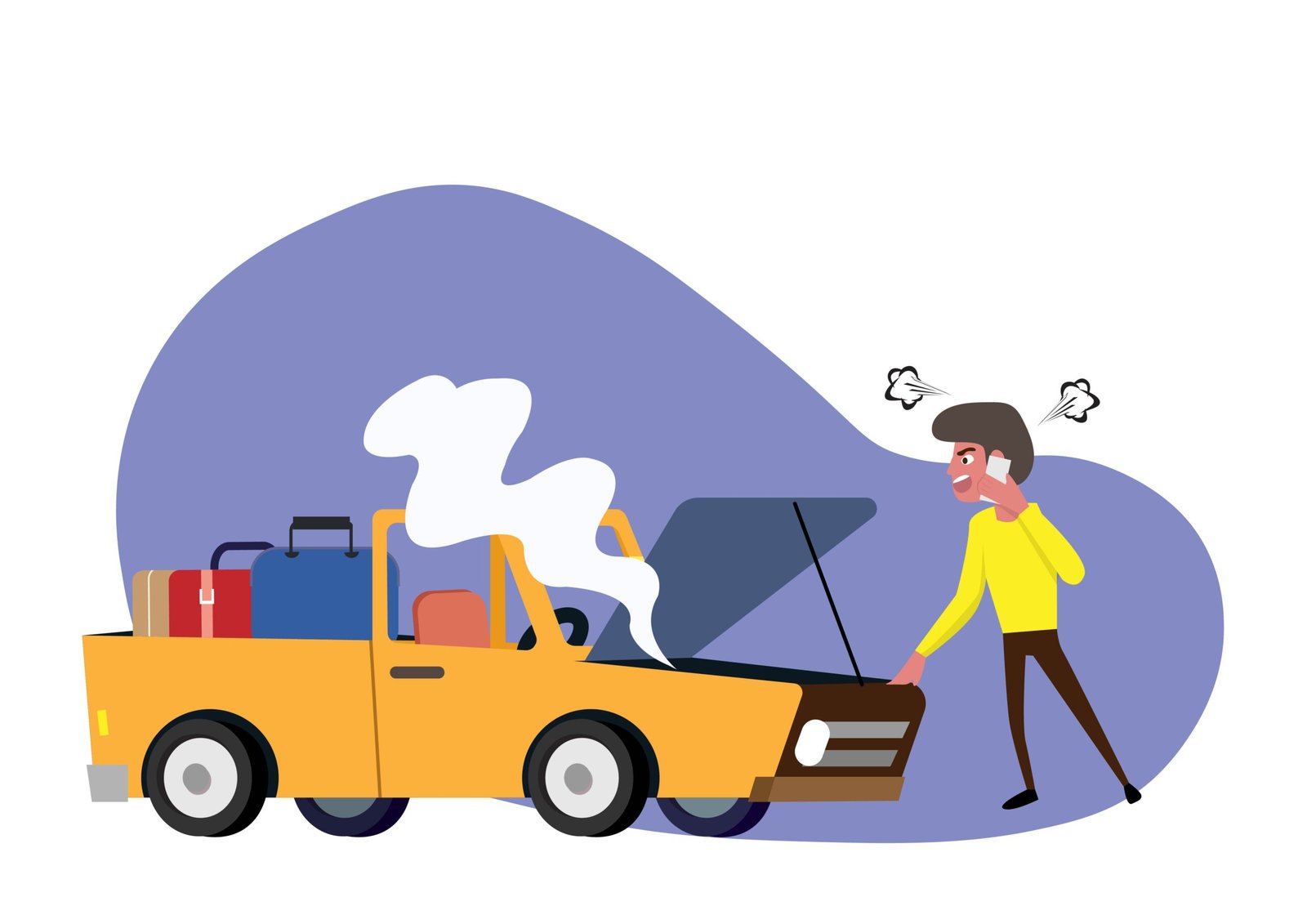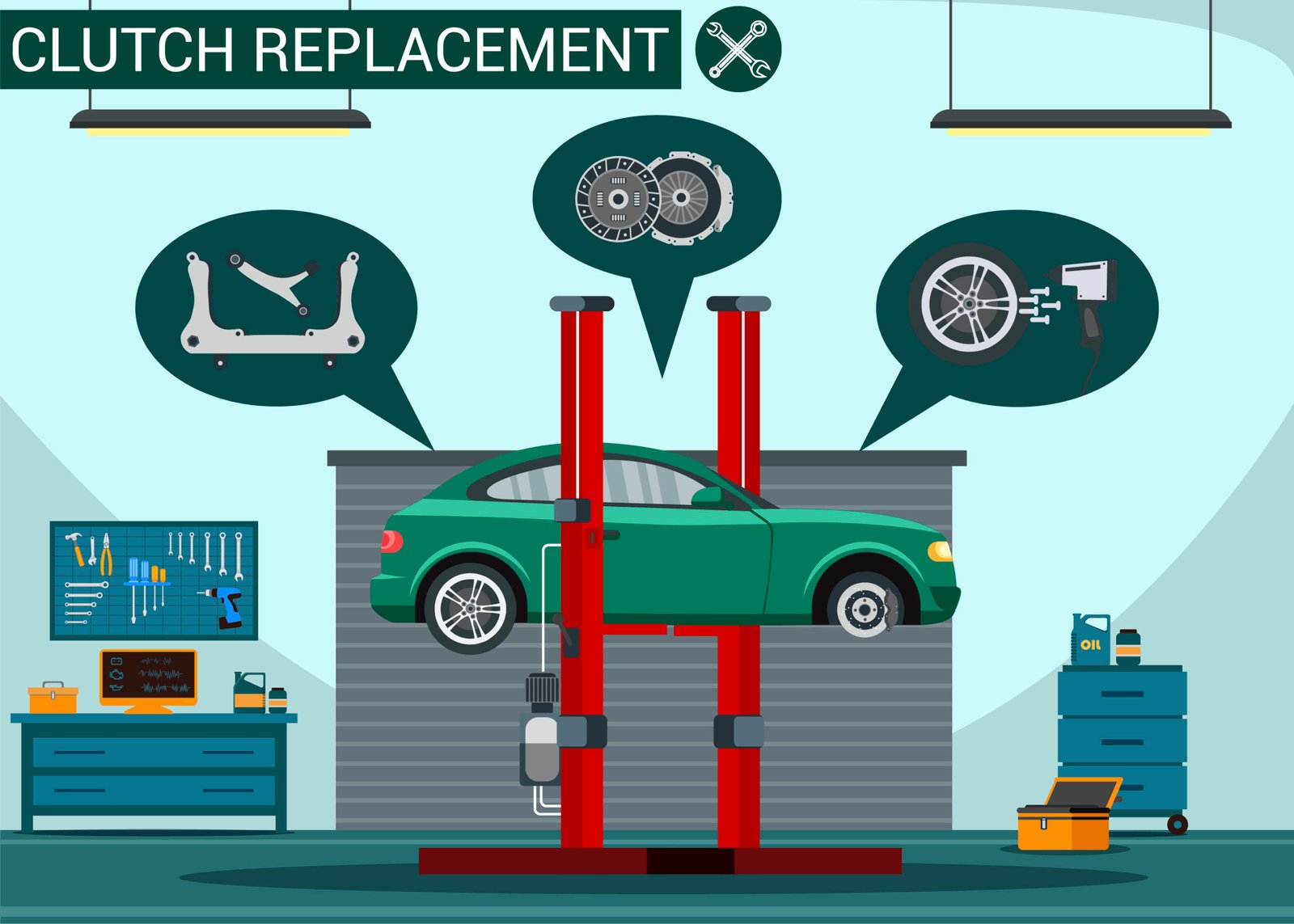
-
By Zara Quinn

The clutch is one of the most crucial components of a motorcycle, responsible for smooth gear shifting and optimal power transfer. Proper clutch maintenance ensures a longer lifespan, enhances performance, and prevents costly repairs. Neglecting it can lead to premature wear, slipping, and a rough riding experience.
In this comprehensive guide, we’ll discuss essential tips on how to maintain your motorcycle’s clutch for long-lasting performance. Whether you own a sportbike, cruiser, or dirt bike, following these maintenance practices will keep your clutch in top condition.
Before diving into maintenance tips, it’s essential to understand how a motorcycle clutch works. The clutch connects the engine to the gearbox and allows the rider to shift gears smoothly. It consists of multiple friction plates, steel plates, and springs that engage and disengage when you pull the clutch lever.
When you pull the clutch lever, the plates separate, disengaging power from the engine to the wheels. Releasing the lever causes the plates to re-engage, transmitting power to the drivetrain.
Over time, constant use, improper riding habits, and lack of maintenance can cause excessive wear, leading to poor performance.
Recognizing early signs of clutch wear can help prevent major issues. Here are some common symptoms of a failing motorcycle clutch:
1. Slipping Clutch – If the engine revs high but the bike doesn’t accelerate as expected, it indicates clutch slippage.
2. Hard Gear Shifting – Difficulty in shifting gears or a rough transition between gears can be due to a worn clutch.
3. Burning Smell – A strong burnt smell while riding is a sign of excessive clutch plate wear.
The type of oil you use significantly impacts clutch performance. Many motorcycles use wet clutches, which are lubricated with engine oil. Follow these guidelines:
Fresh oil keeps the clutch plates lubricated, reducing friction and ensuring long-lasting performance.

One of the most common bad habits among riders is keeping the clutch lever pulled while waiting at traffic signals. This puts unnecessary stress on the clutch plates and increases wear. Instead:
Aggressive clutch use, such as sudden releases or excessive slipping, can wear out the plates quickly. Follow these best practices:
A smooth riding style not only extends clutch life but also improves overall motorcycle handling.
Friction plates and steel plates are the primary components of a clutch system. Over time, they wear out and need replacement. Here’s how to inspect them:
Remove the clutch cover and inspect the plates for signs of wear, discoloration, or warping.

If your motorcycle struggles to pick up speed despite twisting the throttle, your clutch may need adjustment or replacement.
A jerky or delayed response when releasing the clutch lever can indicate wear or improper adjustment.
If you notice any of these signs, it’s time to inspect and maintain your clutch before it leads to bigger issues.
The clutch cable controls the engagement and disengagement of the Motorcycle’s Clutch. Over time, it may stretch, leading to improper functioning. To maintain optimal performance:

Measure the thickness of the friction plates using a caliper and compare it to the manufacturer’s specifications.
Dirt, debris, and old oil residue can accumulate in the clutch system, affecting its operation. To keep it clean:
Excess weight puts additional strain on the clutch, especially when riding with a pillion or carrying heavy luggage. To prevent excessive wear:

The clutch springs play a vital role in maintaining plate pressure. Weak or worn-out springs can cause clutch slippage. To maintain them:
While engine braking can be useful in certain riding conditions, excessive reliance on it can wear out the clutch. Instead:
Using the clutch efficiently reduces strain on its components and extends its life.
Proper clutch maintenance is essential for smooth riding and long-lasting performance. By following these maintenance tips—adjusting the clutch cable, using the right oil, avoiding excessive clutch slipping, and inspecting the clutch system regularly—you can ensure optimal performance and prevent costly repairs.
A well-maintained clutch enhances your riding experience and keeps your motorcycle running efficiently for years. Make clutch care a part of your regular maintenance routine, and enjoy a trouble-free ride every time you hit the road.
Share :
Subscribe to our fortnightly newsletter with stories from our latest adventures and the best travel tips